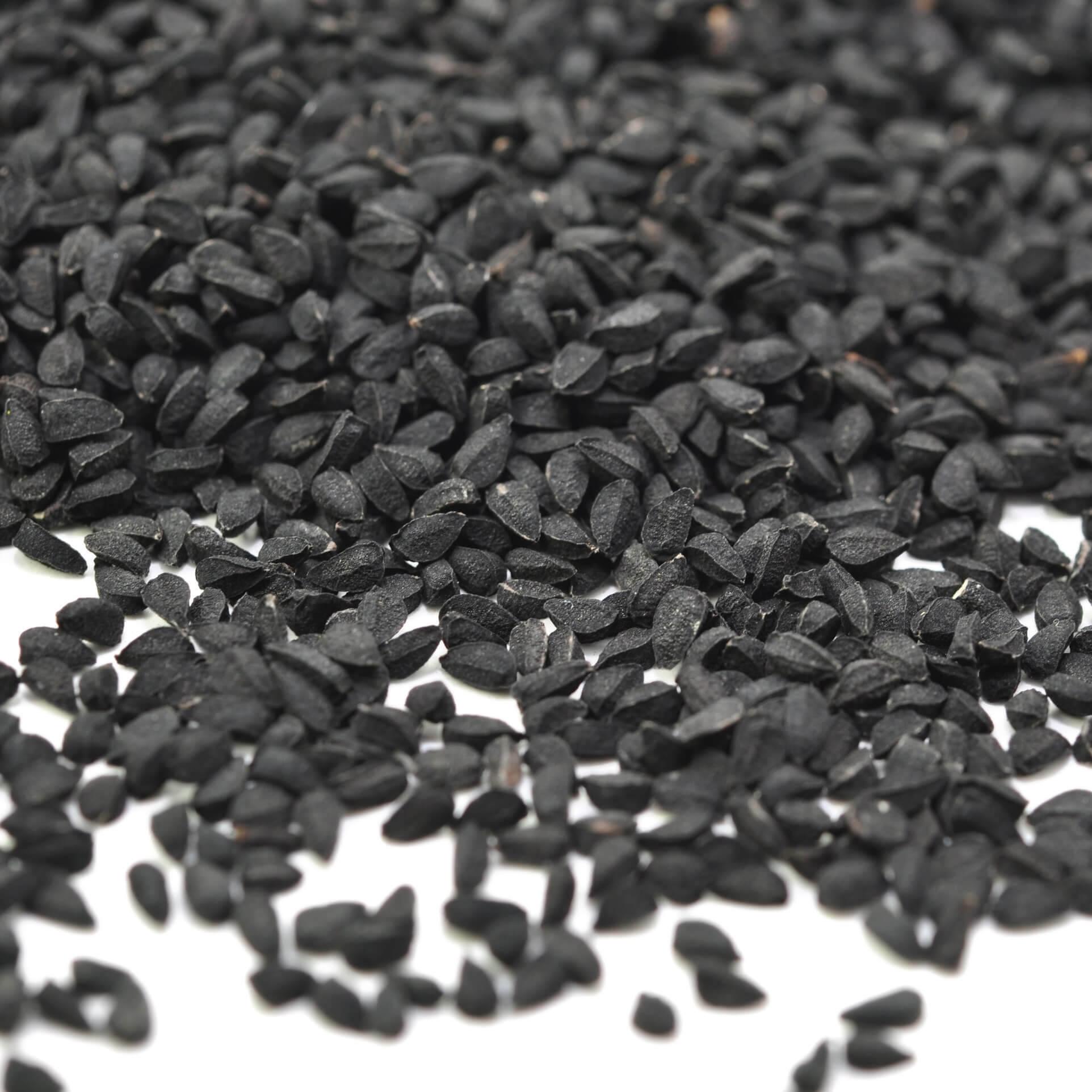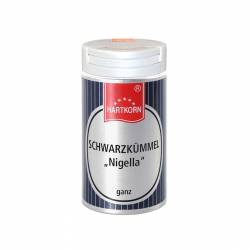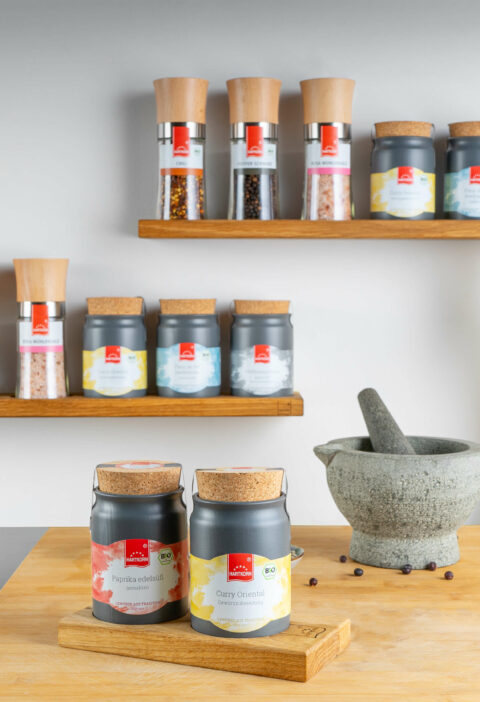Botanical family: origin: Classification: spice shape: flavor: odor: use: When grated, black cumin develops a spicy, caraway-like aroma. In taste, however, it is bitter at first and then slightly hot and spicy. Particularly in the countries of the Near East and Turkey, black cumin seed is often used in combination with sesame to season bread. Nevertheless, it is also suitable for other baked goods, desserts as well as for quark, cheese and for preparing sauces. Black cumin is also suitable for refining meat and fish dishes as well as for vegetables and salads. tip: knowledge: Botany: Home & Spread: cultivation & extraction: History: Black Cumin
General information
Use
Things to know
 Botanical name:
Botanical name:
Nigella sativa L.
Crowfoot plants
Mediterranean area, West Asia
spice
fruit
initially bitter, later slightly hot and spicy
spicy, caraway
For vegetables, curry dishes, soups and for seasoning bread (Turkish flat bread)
In India, black cumin is added unground to pulses and vegetables. It can be roasted dry beforehand, which enhances its taste and aroma.
Usage: Black cumin is a component of many Indian spice mixtures, such as the Bengal Pnach Phoron.
The annual plant grows between 30 and 60 cm high. The stems are single or branched, more or less hairy. The triple pinnately lobed leaves have lanceolate to linear sections. The flowers are single and terminal and are very rich in nectar. Their coloration is milk-white or greenish-white, sometimes even bluish-white. The flowering time is from July to August.
The home of the black cumin is the Mediterranean area as well as Western Asia.
The harvesting of the black caraway is only done when the capsules turn brown. In terms of time, usually in mid-August. Harvesting is done either by combine threshing or mowing on swath and threshing after a few days of post-maturing and drying. In the trade, black cumin is usually sold whole. However, it is also available ground.
Already in ancient times, Egyptians and Arabs cultivated the black seed. At that time, it served as a spice on the one hand and as a remedy on the other. Only later was it introduced into Europe.
http://de.wikipedia.org/wiki/Echter_Schwarzkümmel







